For a visit to the untamed Alaskan wilderness, where your survival depends solely upon you, find your way to Gates of the Arctic National Park and Preserve. There are minimal named locations on a map of this park. In fact, there are no roads and no services — just mountains, rivers, wildlife, and solitude.
Visitors come to this region above the Arctic Circle to really get away from it all, at a rate of fewer than 10,000 people per year.
Why Visit Gates of the Arctic National Park?
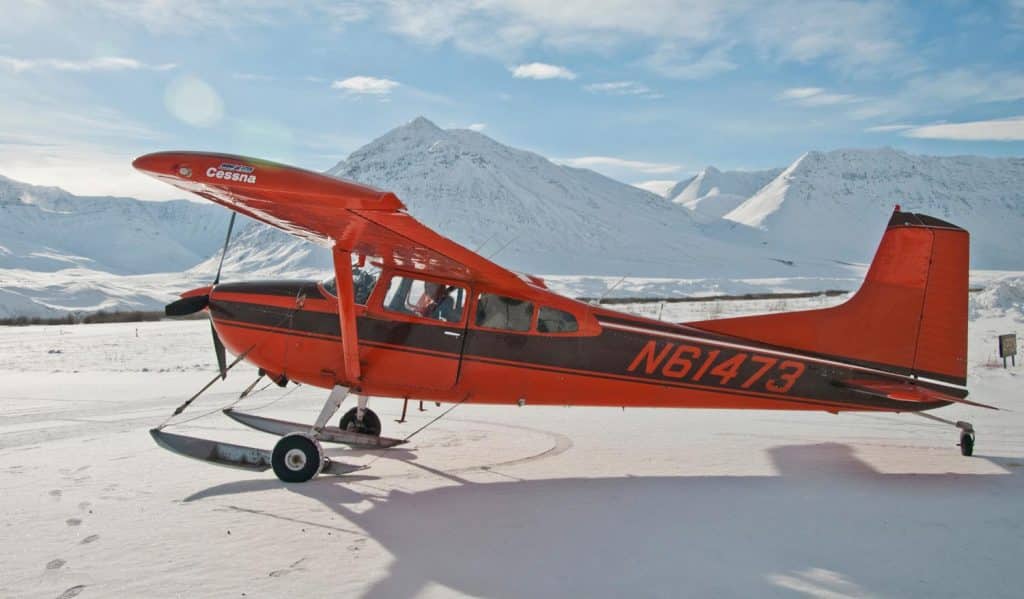
Photo Credit: NPS by Laurie Smith
Imagine ecosystems that haven’t been tampered with, vibrant colors as far as the eye can see, and the northern lights in winter. Gates of the Arctic is a frontier of glaciers, rivers, and wildlife unseen by most, making it a bucket list adventure for any traveler.
Because there are no roads into the Gates of the Arctic, visitors must take an air taxi or hike into the park. Drive your RV to Fairbanks, as several RV parks can act as your home base in this part of Alaska. Then catch a bush plane into any region of the national park for hiking and backpacking in the summer or snowshoeing in the winter.
When to Visit Gates of the Arctic National Park
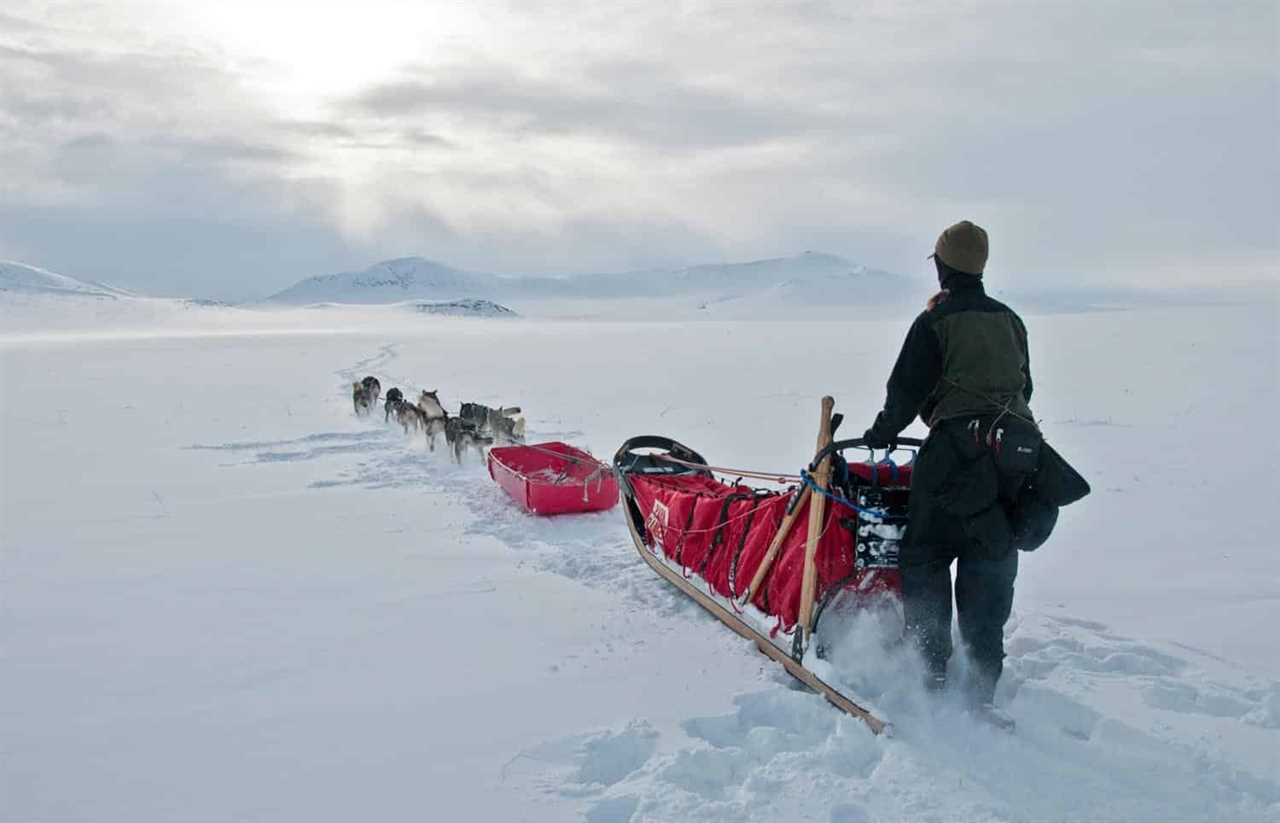
Photo Credit: NPS by Laurie Smith
Gates of the Arctic is a wilderness park, open year-round to those seeking solitude and exploration. Time frames to come to the park are dependent upon visitors’ activities.
Gates of the Arctic National Park in the Spring
Spring is a great time for snowshoes and skis, but you’ll start to see substantial thawing in late April – making it impossible to do any backcountry traveling.
Gates of the Arctic National Park in the Summer
Summer visitors may be looking for a challenge to hike and camp by any of the six national wild rivers within the park. You can also use a guide service for a multi-day trip that includes fishing for grayling and trout during those 23 hours of sunshine every day.
Gates of the Arctic National Park in the Fall
Fall brings beautiful scenery with plenty of colors to go around. However, the weather will start to get inclement in August, so be advised of freezing temperatures.
Gates of the Arctic National Park in the Winter
Suppose winter camping, snowshoeing, and dog mushing are tops on your list of undertakings and you are prepared for temperatures reaching -50 degrees Fahrenheit. In that case, the region offers millions of acres on which to play.
Where to Stay
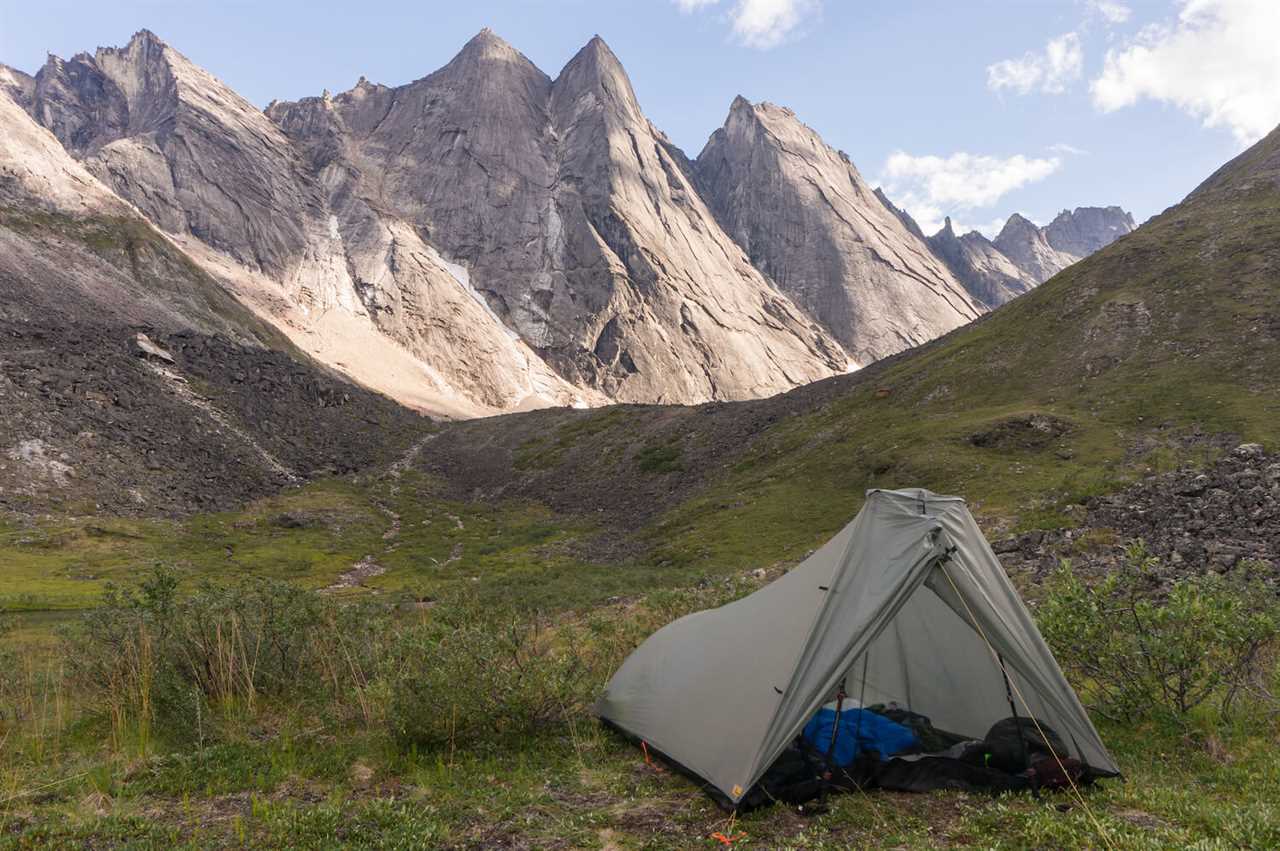
Photo by Keith_Darnell via Shutterstock
Because the park is a continuous wilderness area, there are no designated campsites within its boundaries. Backpackers and campers can set up tents and are reminded to follow Leave No Trace guidelines. So as not to establish trails or campsites, you are encouraged to set up camps in new areas every 2-3 days.
Staying Outside the Park
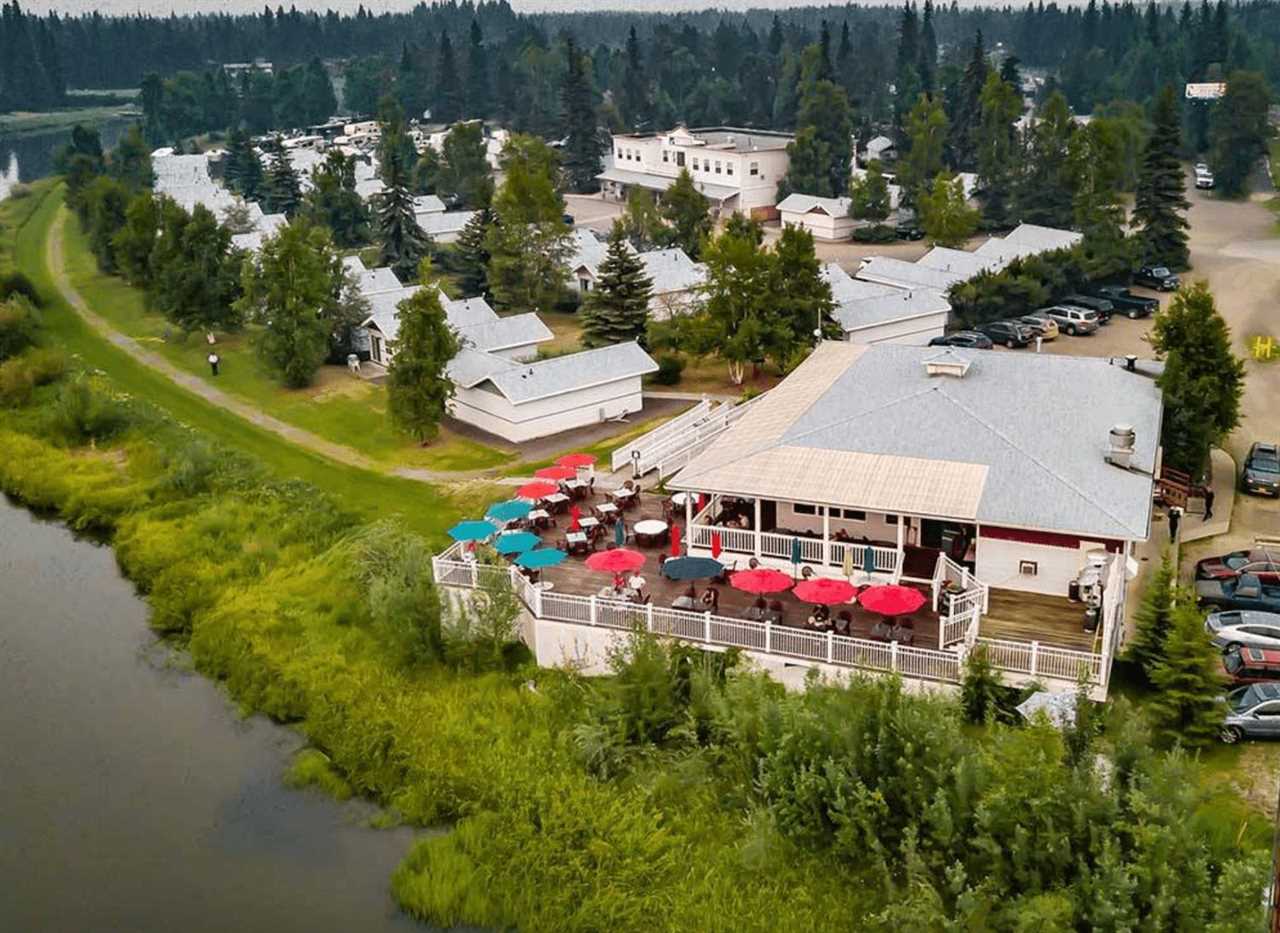
Rivers Edge RV Park and Campground Photo by Good Sam
With no roads into the park, your RV can act as a home base in Fairbanks, where several campgrounds are located. Take a plane into the park for a day of wilderness exploration or a week of backcountry survival. Then head home to Fairbanks, where your soft bed and home-cooked meals await.
Here are three campgrounds with RV hookups:
- River’s Edge RV Park and Campground: About five minutes from the airport.
- Tanana Valley Campground: About 10 minutes from the airport.
- Chena River Wayside SRA: About five minutes from the airport.
Tips for your Camping Stay

Photo by darryl benally via Shutterstock
Whether you’re looking to backpack in the park or visit for a day, here are a few useful tips:
- No permits are required to enter the park, but visitors are highly encouraged to attend a backcountry orientation at one of the park’s visitor centers before their visit.
- For overnight stays, guests can obtain bear-resistant food storage containers (BRFCs) at any park visitor facility, which are required for proper food storage when camping in the park.
- Prepare and consume food at least 100 yards away from your campsite and choose areas where you can see a comfortable distance fo avoid surprise bear encounters.
- Gravel bars make excellent campsites when traveling in the backcountry. They usually have fewer mosquitoes, and seasonal waters will erase the signs of your presence after your stay.
- Campfires are allowed (except during high fire danger), but usable wood can be tough to scavenge.
- Overnight, store your BRFC and clean cooking utensils off clear animal trails and at least 100 yards from your tent.
How to Get Around Gates of the Arctic National Park

Transportation is the operative word at Gates of the Arctic, and you must provide your own. Most visitors enter the park via bush plane or by hiking in, as there are no roads or trails. Even the Dalton Highway is five miles away, with a river crossing between it and the park.
Plan ahead with reservations for flights from Fairbanks. However, leave room for numerous weather-related delays. Once you are in the national park, soak up that feeling of peace and tranquility, knowing that the rest of mankind is hundreds, if not thousands of miles away.
Here is a list of National Park Service approved air taxi operators that operate in Gates of the Arctic.
Places to Go
There are no museums or exhibits to see in Gates of the Arctic National Park. What it lacks in ‘buildings,’ the park makes up for in spectacular outdoor attractions. Here are a few that will take your breath away:
The Visitor Centers
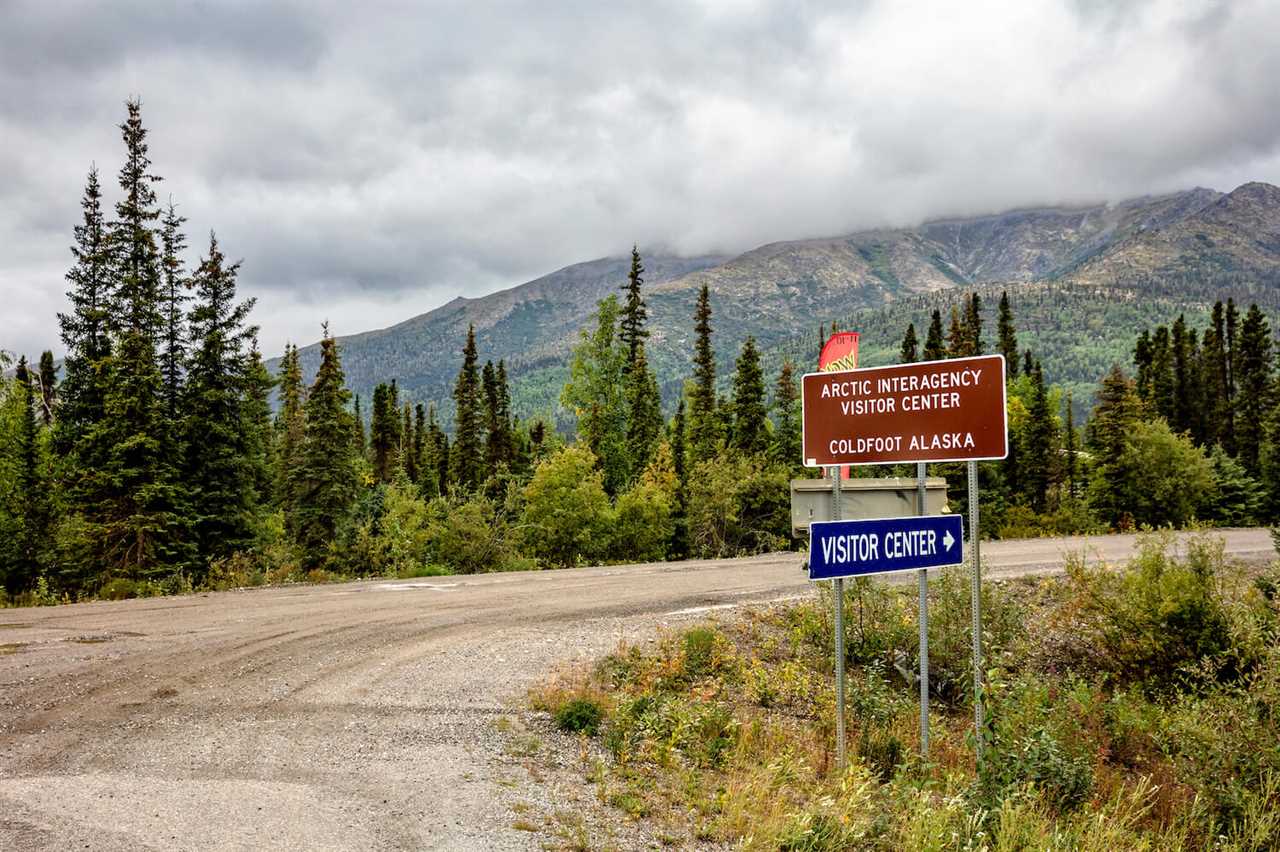
Photo by Ovidiu Hrubaru via Shutterstock
Due to the remote nature of the park, it’s strongly recommended to begin your visit with a stop at one of the park’s four visitor centers. Acquire park maps, learn about the flora and fauna, and ask park rangers about the latest conditions for the specific areas you plan to visit.
Choose the location that makes the most sense to begin your trip:
- Bettles Ranger Station and Visitor Center: Airport Rd, Bettles, AK 99726
- Anaktuvuk Pass Ranger Station: 3030 Main St., Anaktuvuk Pass, AK 99721
- Arctic Interagency Visitor Center: Milepost 175 of the Dalton Highway, Coldfoot, AK 99701
- Fairbanks Alaska Public Lands Information Center: 101 Dunkel Street, Fairbanks, AK 99701
Six Wild and Scenic Rivers
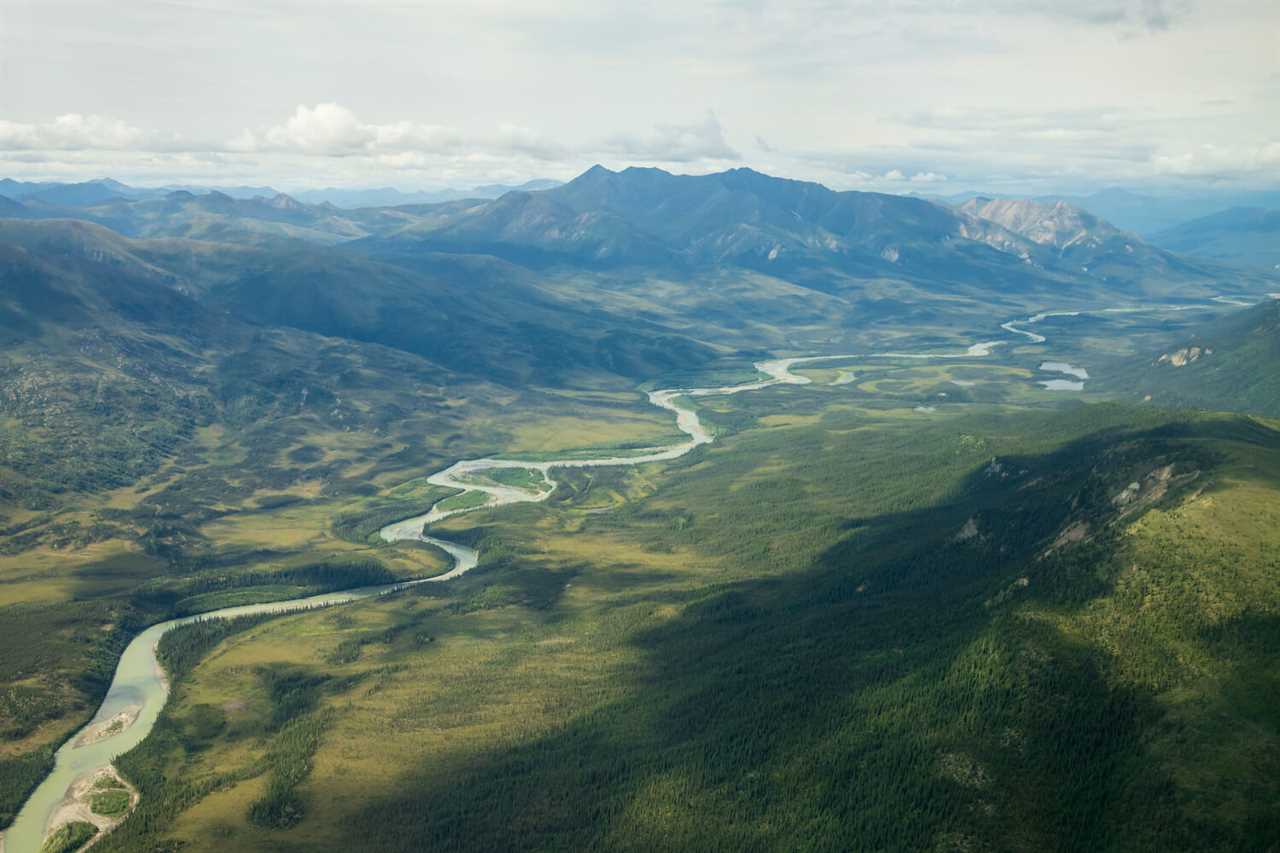
Photo by BlueBarronPhoto via Shutterstock
These six rivers have been designated as National Wild and Scenic Rivers, meaning that the rivers have outstanding natural, cultural, and recreational values that need to be preserved.
- Alatna River – This is the west gate of Gates of the Arctic and flows south.
- Noatak River – This river drains the largest mountain-ringed river basin in America that is untouched by human activities.
- John River – This river flows south through the Brooks Range of Alaska.
- Kobuk River – This is another west gate, but it flows west through the forested preserve.
- Tinayguk River – This is the east gate to Gates of the Arctic, flowing south.
- North Fork of the Koyukuk River – This tributary of the Koyukuk River is an east gate flowing south.
Walker Lake
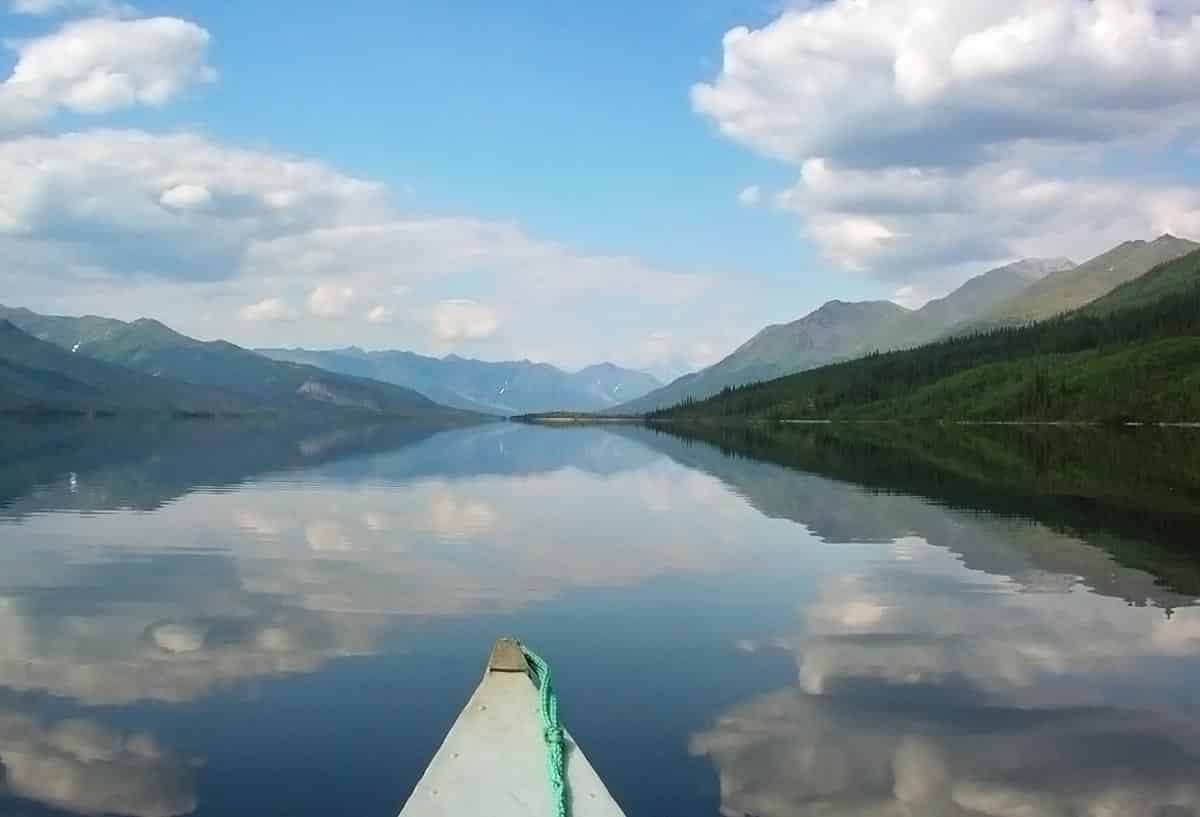
Photo Credit: NPS
Designated as a National Natural Landmark, Walker Lake is the perfect example of the varied ecological communities of the far north. It is located on the south slope of the Brooks Range.
Mount Igikpak
At 8,276 feet, Mount Igikpak is the tallest mountain within the park and part of the Brooks Range. Along with Mount Doonerak and the Arrigetch Peaks, it’s one of the more popular locations for experienced mountaineers looking to tackle a snowy summit ascent.
Check the latest climbing report for preparation and safety tips for the Arrigetch Peaks.
Things to Do in Gates of the Arctic National Park
With over 8 million acres, there are a lot of recreational activities that can be enjoyed. Here are just a few of the most popular ones:
Hiking
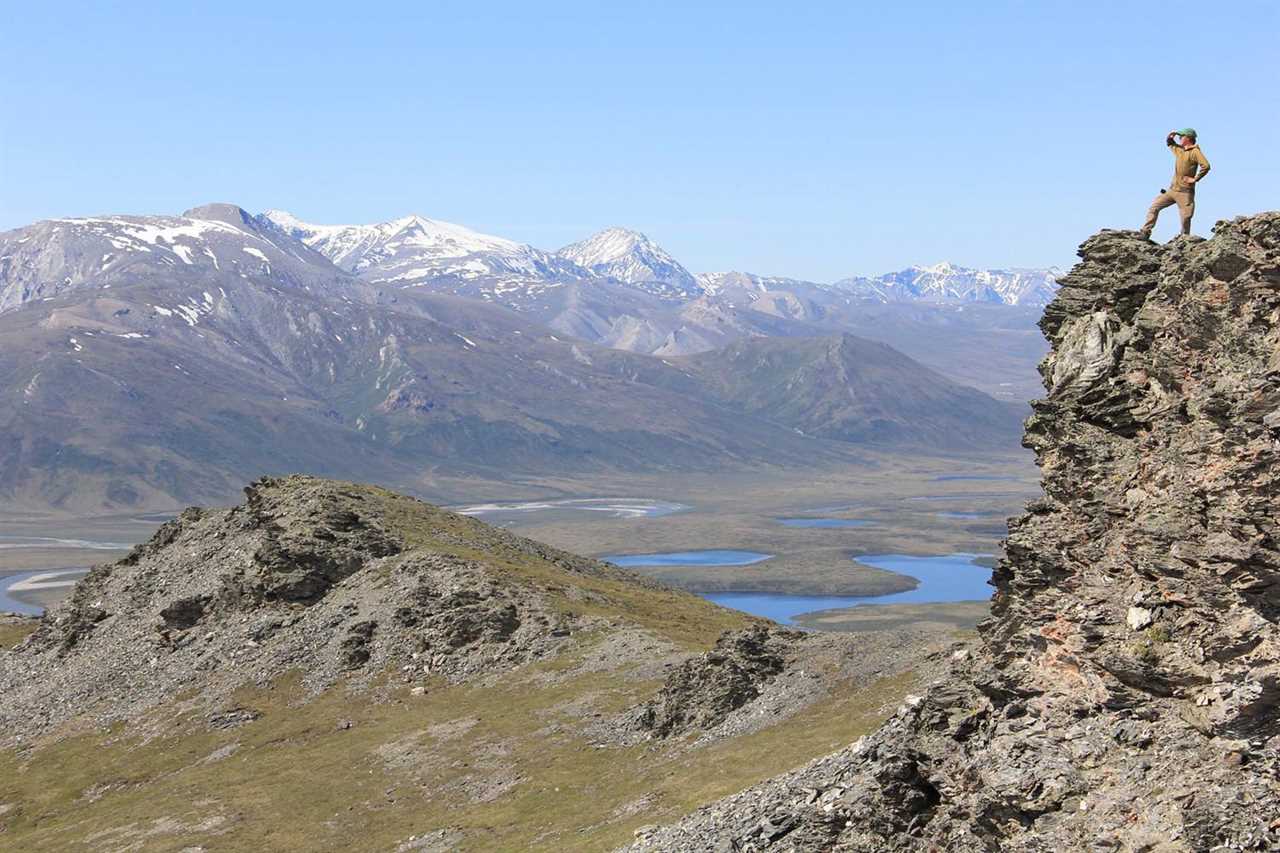
Because there are no trails in Gates of the Arctic, a good map and compass or GPS unit are required for hiking in this untouched wilderness. When planning routes, keep in mind that ground cover, dense vegetation, and frequent water crossings will increase hiking times a great deal.
Plan accordingly and carry essentials like a first aid kit, plenty of water, and signaling items like a mirror. (Cell phones don’t work here!)
Backpacking
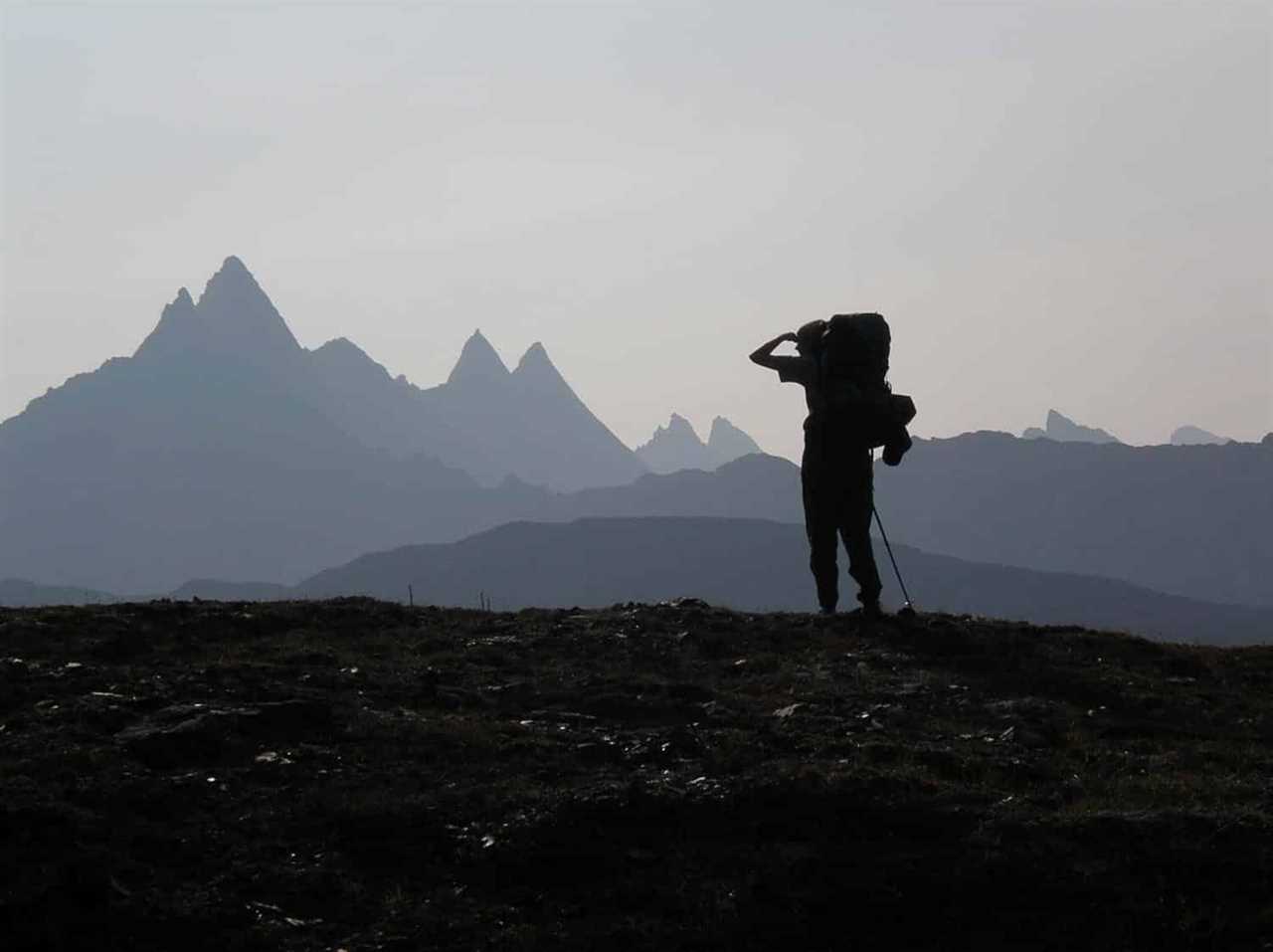
Backcountry hiking is the best reason to explore Gates of the Arctic National Park. Because the park is immense, visitors can stay for weeks without seeing its many attributes. If you take a bedroll, tent, food, and water into the region, you can search through this vast wilderness.
There are no designated trails, and hikers must avoid creating trails by walking side-by-side rather than in a line.
Hunting
Sport hunting is allowed seasonally in the preserve but not the park. Hunters should be familiar with Alaska hunting regulations and have licenses and tags.
Wildlife Viewing
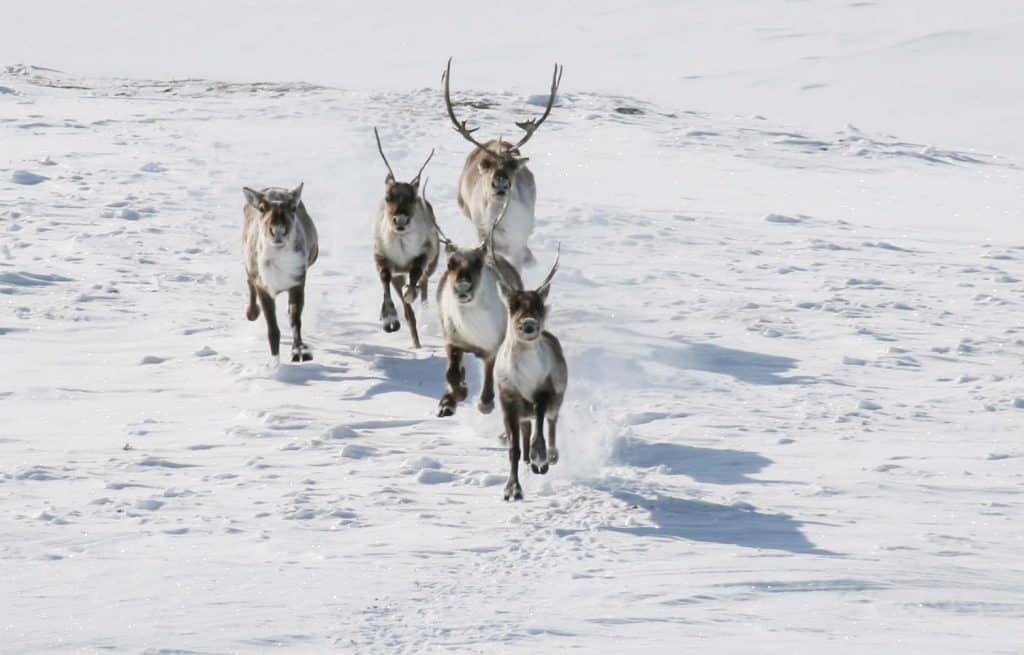
Travelers through the park will have no problem spying wildlife in this almost untouched wilderness. Expect to see grizzly bears, black bears, caribou, wolverines, Dall sheep, fox, wolves, and porcupines. Birds are also numerous during migration seasons, and many of the rivers and lakes are home to trout and grayling.
What to Bring and How to Prepare
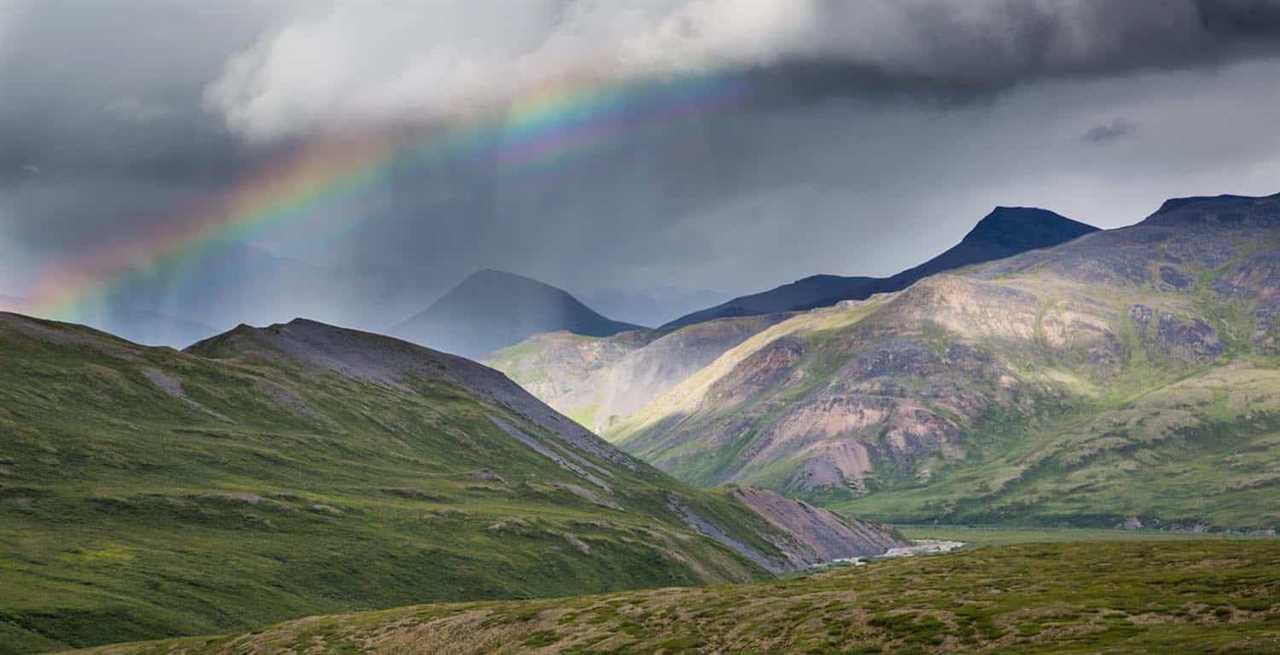
It probably goes without saying, but when you’re visiting Gates of the Arctic, you’re basically out in the middle of nowhere, void of too many creature comforts. With that, it’s a good idea to prepare for any contingency.
- Download or print park maps to prepare for minimal cell service.
- Hire a guide if it’s your first time visiting the park.
- Bear spray and protection are a necessity.
- Choose the right sleeping bag for the season you’ll be visiting.
- Trekking poles can be a major aid when hiking on backcountry terrain without maintained trails.
- Bring the right tent and an extra rain cover or tarp to insulate your tent and keep moisture out.
- Carry a backpacking stove to prepare dehydrated meals and boil water for hot beverages.
- Pack insect repellent for all times of the year, especially when visiting in spring and early summer.
- Keep a fully-stocked first aid kit in your pack (and know how/when to use it!).
Brief History of Gates of the Arctic National Park
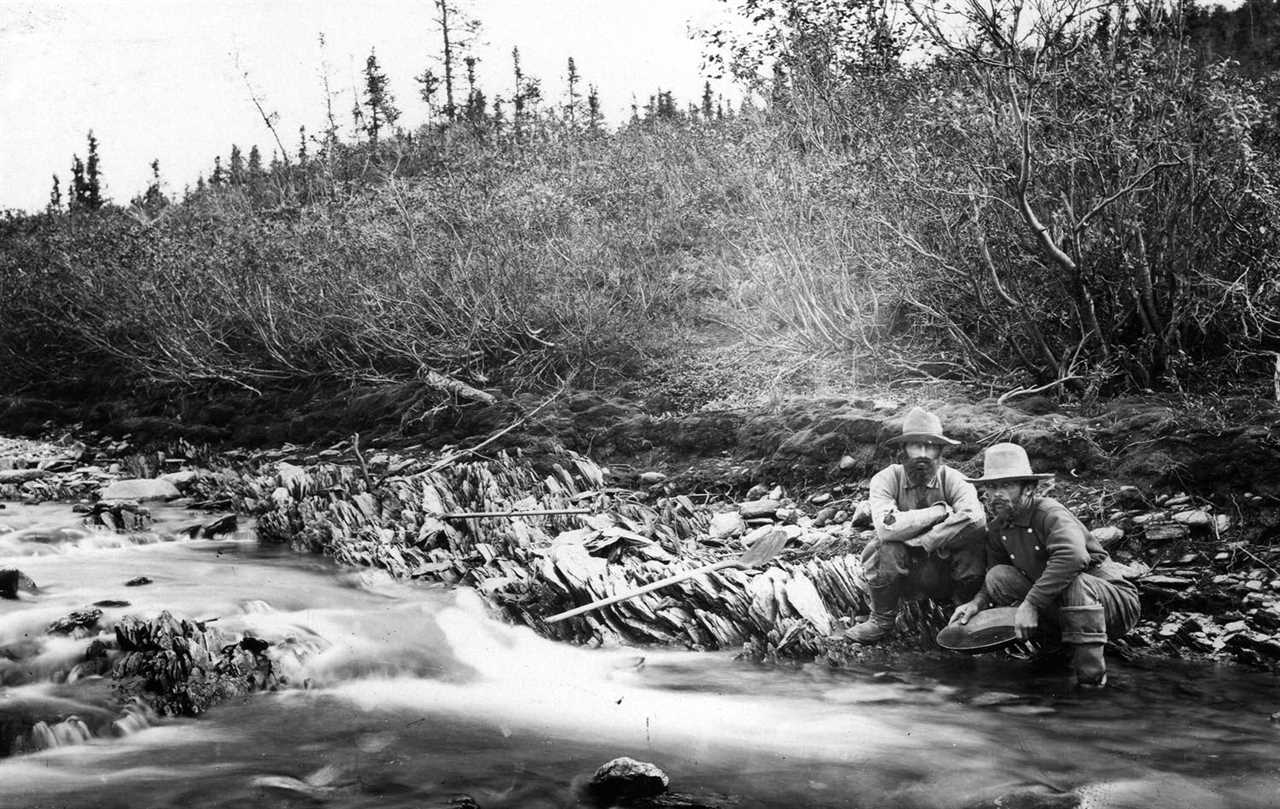
Myrtle Creek Miners
The Brooks Range has been inhabited by nomadic peoples for more than 12,000 years, as is proven by the stone tools and projectile points that were found in the region. More recently, Inupiat tribes have come through the park as hunters since 1200 AD.
It wasn’t until the Klondike gold rush that white men filtered into the area, looking for an easier way to find the precious metal than they had on the Yukon. They were largely unsuccessful but opened the way for more regional exploration.
By 1929, Bob Marshall, who spent a decade exploring the park, noted the scene before him, with Frigid Crags on one side of the North Fork of the Koyukuk River and Boreal Mountain on the other. He called this portal “The Gates of the Arctic.”
By the 1960s, proposals for a national park in the region were made, but it wasn’t until 1978 that Gates of the Arctic National Monument was created. Two years later, it became Gates of the Arctic National Park and Preserve.
Plan your next trip to the national parks in an RV. Rent an RV, trade-in your RV, or buy a new or used RV and start traveling for less than $5 a day.
Have you visited Gates of the Arctic National Park and Preserve? Share your travel tips in the comments below!
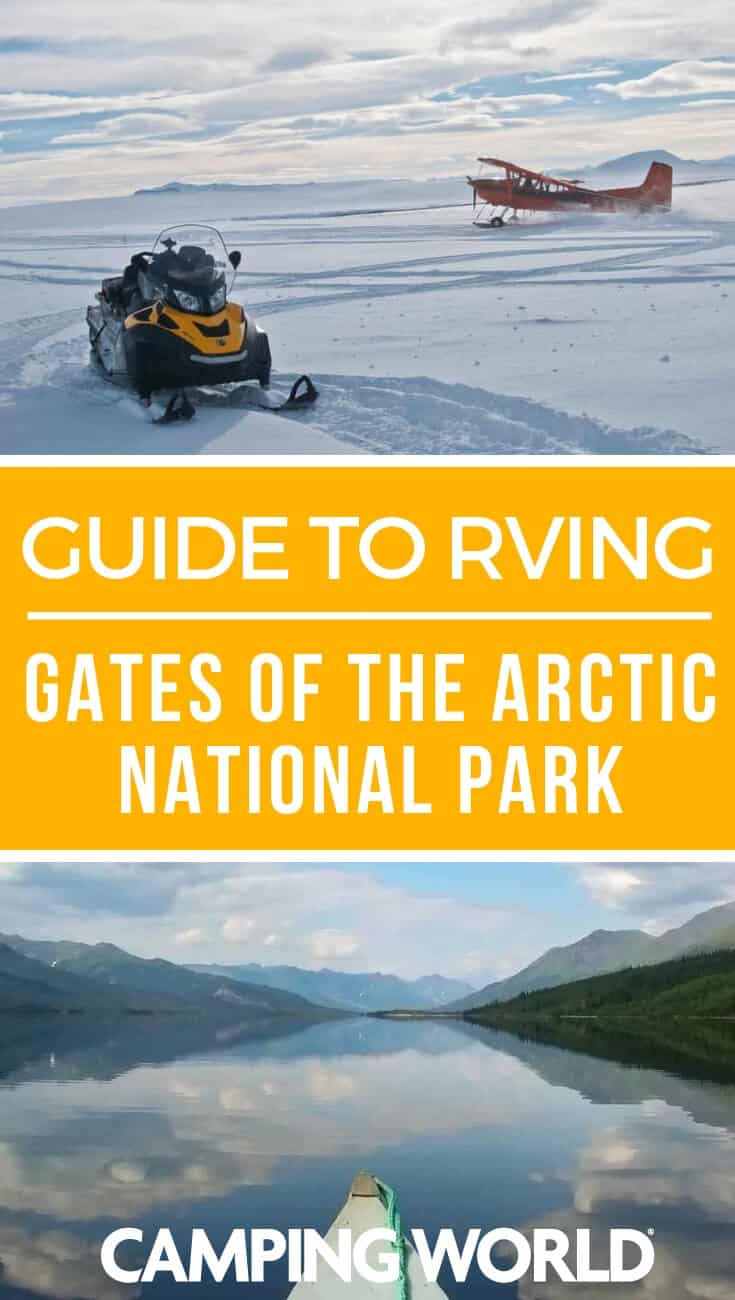
By: Shelley Dennis
Title: Camping World’s Guide to RVing Gates of the Arctic National Park
Sourced From: blog.campingworld.com/the-rv-life/where-to-go/camping-worlds-guide-to-rving-gates-of-the-arctic-national-park/
Published Date: Wed, 30 Nov 2022 15:00:00 +0000
---------------------------------------------
Did you miss our previous article...
https://outdoorsnewswire.com/camping/december-regional-travel-celebrate-the-season-in-the-southwest
 CampingSurvivalistHuntingFishingExploringHikingPrivacy PolicyTerms And Conditions
CampingSurvivalistHuntingFishingExploringHikingPrivacy PolicyTerms And Conditions
